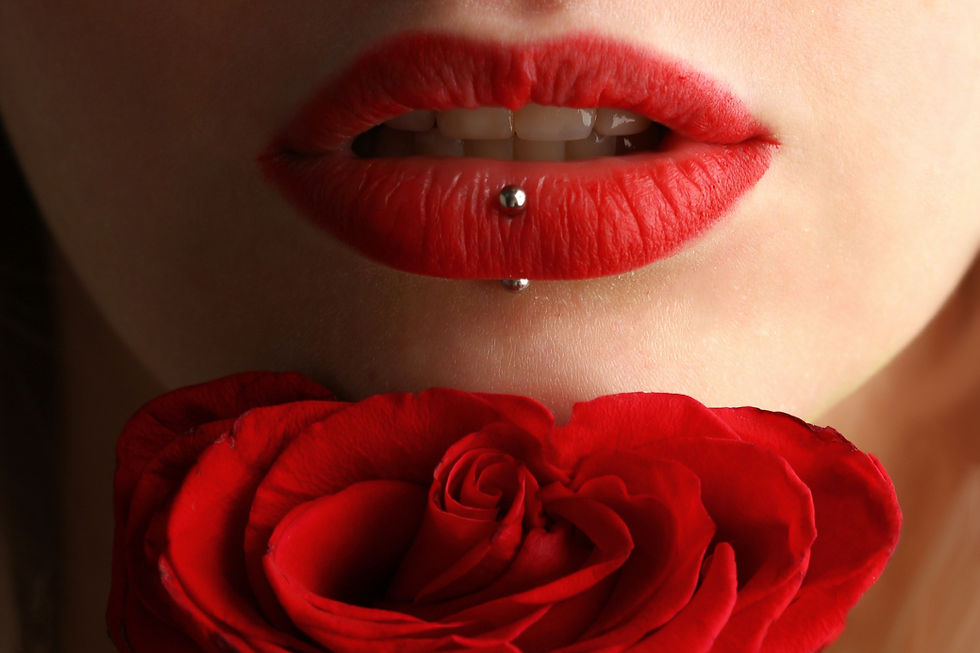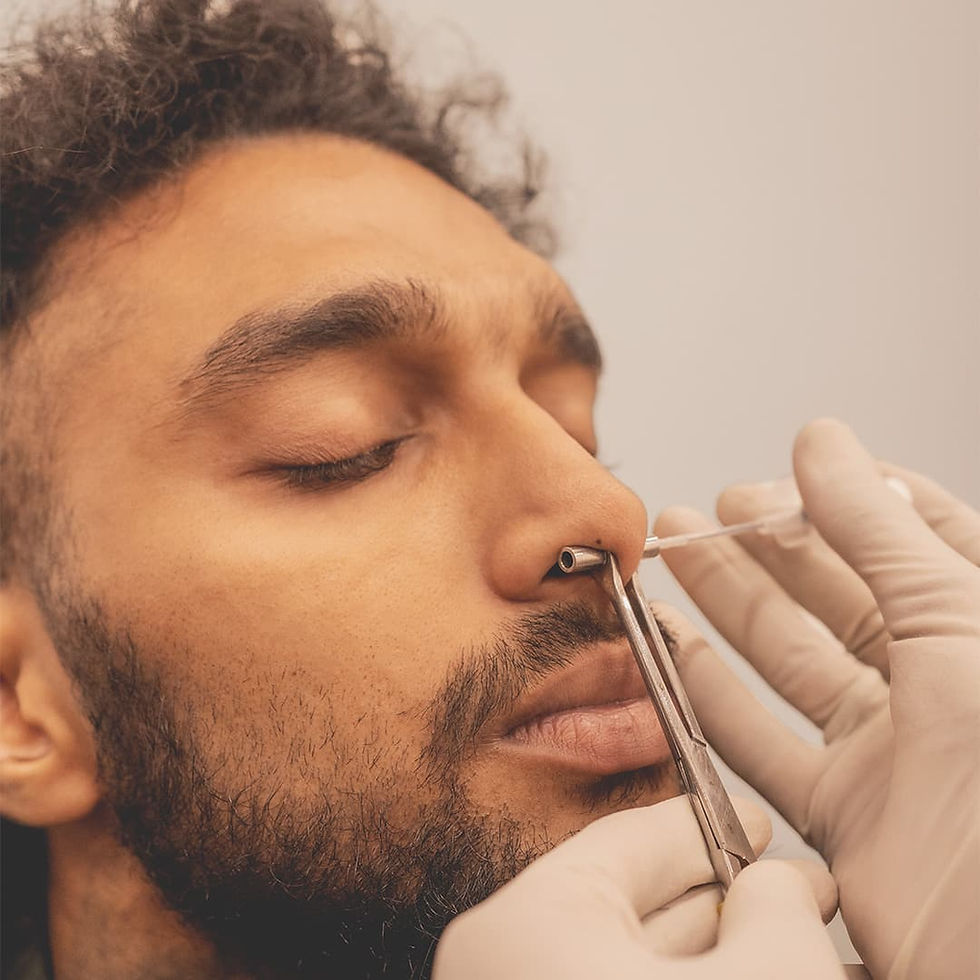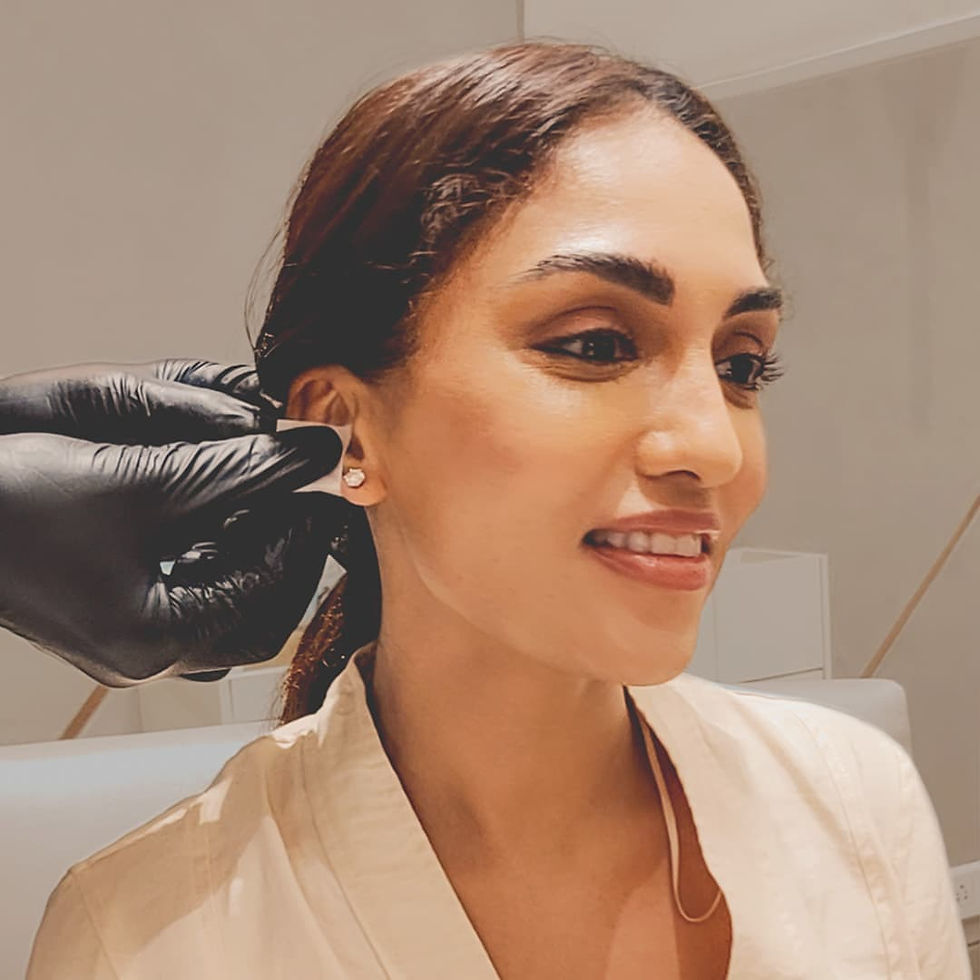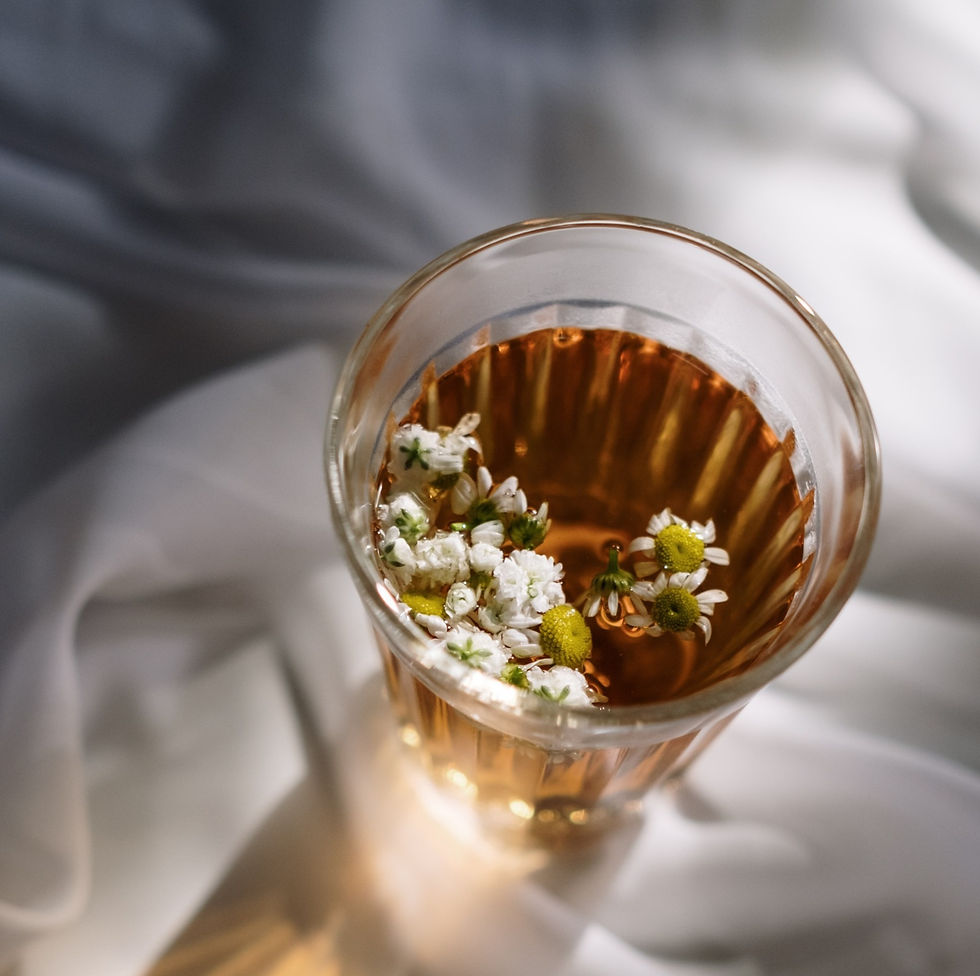Different Types of Piercing Bumps and How to Get Rid of Them
- Social Media Team
- Oct 10, 2022
- 5 min read
Updated: Sep 17, 2024
“Your body is your temple, it's your home, and you must decorate it.” —Gabourey Sidibe.

What better way to decorate your body than with piercings and tattoos? Piercing is an ancient art form that’s been around since the 9th Century BC. In fact, Otzi the Iceman, the world’s oldest mummy, had an ear piercing!
There’s no denying that piercings are awesome—Otzi was bang on trend—and that they’re a great way to modify your body. Whether it’s your nose or your nipples, your eyebrow or your ear, putting a ring on it (or a stud) just makes it even better.
Now imagine… You’ve had a piercing, and you can’t wait to show it off. But wait. It’s taking its time to heal, and there’s a bump forming next to it. Don’t panic. One of the most common issues experienced during the healing period is a so-called piercing bump.
Sound familiar?
If you’ve developed a piercing bump or want to know more about them, keep reading. We’ve taken a deep dive into what these piercing bumps are, why they occur, and, most importantly, what you can do to safely get rid of them.
What Is A Piercing Bump?
Piercing bumps are small, sensitive bumps that develop around the opening of a piercing. They are particularly common with cartilage piercings (such as the nose or upper ear) and piercings that are brand new.
You can recognize a piercing bump by its redness, swelling, irritation, soreness, and general sensitivity. In some cases, there may also be bruising or light bleeding.
Piercing bumps occur because the body is trying to heal (i.e., close) the hole that has recently been created in your skin. It tries to seal the gap by inflaming the area but becomes obstructed by the jewelry. This causes pressure, tenderness, redness, and sometimes, fluid buildup under the skin.
If this sounds like something you are experiencing, you probably have a piercing bump. But there are three main different types of piercing bumps to be aware of:
1. Irritation Bump
This is exactly what it sounds like. Your skin is reacting to the piercing irritating it, and has swollen up around the hole. These bumps don't last long and are usually triggered by a new piercing, jewelry that's not fitting properly or too tight, over or under-cleaning, or irritation from sleeping or putting pressure on the piercing.
How to get rid of an irritation bump: Irritation bumps need to heal by eradicating whatever was causing them. Check your jewelry, clean your piercing once a day, and keep the area well protected from any kind of pressure to clear this type of bump up fast.
2. Granuloma
A granuloma may sound scary, but it’s just a small area of inflammation. They happen when extra skin tissue grows over a healing area, causing a hard bump or some inflammation to occur. Granulomas are not typically very painful, although they can become itchy and sensitive if you pick at them.
How to get rid of a granuloma: Most granulomas need treatment from a doctor to go away. Similar to a keloid, these harder bumps need corticosteroid shots, freezing, or light therapy to be effectively removed.
3. Keloid
Not to be confused with hypertrophic scars, keloids are a kind of raised scar. They are typically characterized by their lumpiness, itchiness, and large size. They are usually soft or rubbery to the touch and feel itchy, sore, and tender.
How to get rid of a keloid: Most of the time, you need a doctor to get rid of a keloid. Depending on the size and severity of your bump, they may use laser therapy, corticosteroid shots, or surgery to remove the keloid. These bumps do not disappear without treatment, so make sure you seek help as soon as possible.
4. Pustule
A pustule is a pimple or a blister filled with pus. These uncomfortable little bumps can occur anywhere on the body and for multiple reasons. But when it comes to piercings, they may just be a response to a minor localized infection.
Pustules are typically more painful than keloids and are prone to multiplying and worsening if nothing is done to treat them. They tend to feel very sensitive and painful to the touch.
How to get rid of a pustule: As long as your pustule is not too big or painful, you may be able to treat it at home using a warm compress and regular saline cleansing. Because the basis of the bump is an infection, you need to keep it as clean as possible at all times.
If you are unable to alleviate the pustule on your own, a doctor should be able to treat it by prescribing an antibiotic ointment or a course of tablets.
Tips For Keeping Your Piercings Clean And Healthy

Now that you know some background information about the different types of piercing bumps to look out for let’s look at some simple ways you can avoid them in the first place
Regularly change your jewelry
If you wear the same hoop or stud for too long, it can cause dirt and bacteria to accumulate at the skin opening. Changing your jewelry every few months is an easy (and fun) way to prevent infection. Just remember: If your piercing is new, only change your jewelry after the recommended time.
Use high-quality jewelry
The quality of your jewelry plays a huge role in how easily your piercing heals. Using sterling silver, surgical steel, implant-grade titanium, and gold (or any nickel-free metal) tends to work best.
Choose the right piercer or piercing company

The person who pierces you should know how, where, and what kind of piercings are safest to do. The more experience a piercer has, the more you can trust they will do a good job. This task is best left to the pros!
Clean your piercing frequently

Piercings, especially new ones in sensitive areas, need regular cleaning maintenance. Use warm, boiled water and a little salt to make a saline solution, and give your piercings a cleansing bath every few days to every few weeks.
Use a soothing chamomile compress

If you are experiencing any tenderness, swelling, or discomfort around your piercing, try a warm chamomile compress. Steep a chamomile tea bag in some boiled water until at a manageable heat, and apply the tea bag or a cotton ball dipped in the solution to the affected area.
When it comes down to it, piercing maintenance is really just about basic hygiene and paying attention to your body. If something is causing you discomfort, don’t wait for it to get worse before visiting the doc.
Say Goodbye To Bumps
Whether you’re getting your ears pierced or having a more unusual piercing like a smiley, you may develop a piercing bump. They’re common, but as you can see, they’re easy to deal with. Look after your bump, and you’ll soon have a properly healed piercing you’ll love showing off.